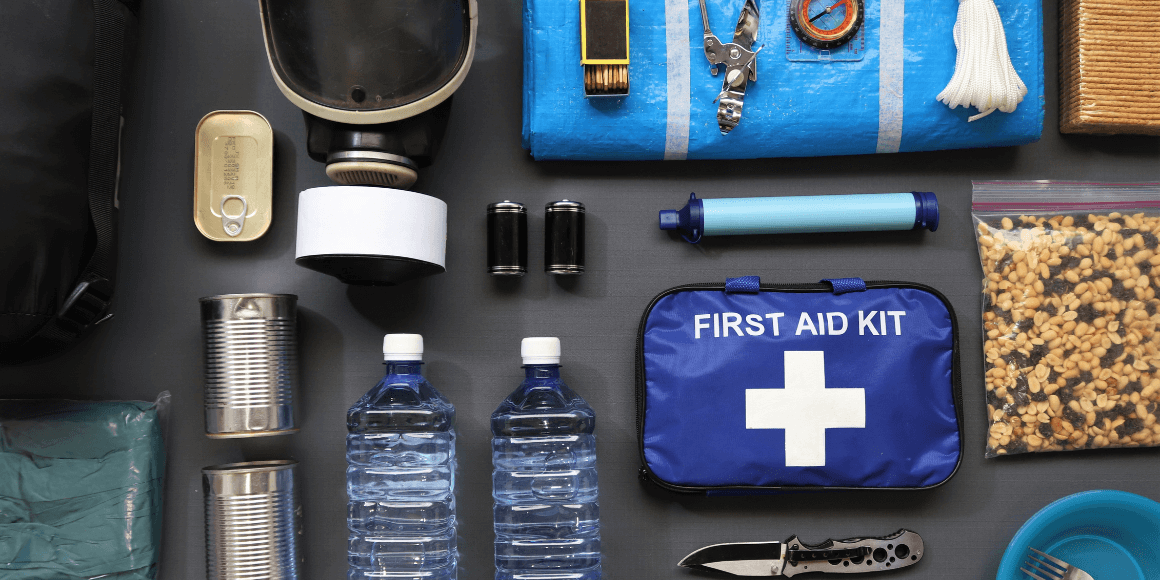- Beth Ann Tabak
How to Prepare for a Disaster: 5 Tips

September is Disaster Preparedness Month, and with the devastation caused by Hurricanes Harvey and Irma in 2017, you should consider creating your own plan for when a natural disaster or emergency strikes your region.
As we have seen, there often isn’t much time to prepare once a threat is identified. Advanced planning can save you valuable time and money in the long run. Organizations, such as the American Red Cross, and web sites, such as The Department of Homeland Security’s Ready.gov, offer guidelines for disaster preparedness plans and emergency supply kits. As part of your emergency supply kit, it’s important to include some fundamental personal and financial pieces that could lessen the stress caused by a crisis.
Kit essentials
While we live in an increasingly digital society, it’s important to remember that you might not have access to electricity or the internet in times of emergency. This could mean downed ATMs or debit and credit card readers as well as limited access to electronic records. It is important to keep paper copies of the following items in a watertight container in a safe, easily accessible place. Backups of these documents, including financial statements, should be kept on a password-protected flash drive for safe keeping.
Cash
While building your family’s emergency supply kit, consider items that might need purchased at the time of the emergency. This could include gas for vehicles, ice for perishables, or hotel costs if you must evacuate and shelters are at capacity. Create a budget for these costs, and begin setting aside a small amount of cash from every paycheck to cover them. Not only will this prevent you from dipping into your savings, but cash will come in handy if ATMs or card readers are down due to lack of electricity.
Personal Identification, Insurance Policies and Other Personal Records
Personal identification will be needed to file insurance claims, access your property or assets, and even obtain disaster relief services, if needed. Originals or copies of any identification papers or other personal records, such as social security cards, and birth and marriage certificates should be included. Having paper copies of mortgages, property deeds, insurance policies, and other legal documents could save you time in the filing process.
Inventory of valuables and belongings
While creating an inventory of everything that you own might be a time-consuming project, it will be worth it in the long run. Keep a log of your property along with receipts for major purchases and appraisals for valuables. This will help insurance adjusters assess the value of lost or destroyed property. Photographs of the items and relevant serial numbers will also help you in reclaiming the item’s true value.
Contact list
This should include phone number and emails for family and friends, and key medical, financial and business contacts.
For a more in-depth look at Disaster Planning, please visit: www.717cu.com/KOFE. Once you proceed to the KOFE site, select financial publications from the KOFE table drop-down menu. 7 17 has partnered with KOFE (Knowledge of Financial Education) to provide free financial education tools to help support members’ long-term financial health. Resources include publications, videos and more! Plus, you have free access to financial coaches, seven days a week!
